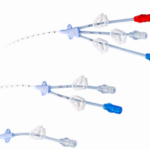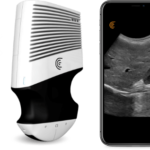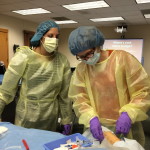Considerations on the use of vascular access devices in patients with COVID-19 (and some practical recommendations)
Thank you All at GAVeCeLT The Vascular Access Experts from Italy. This is a long read but well worth you time. Contact CVC Health Care if you would like a pdf copy. April 5th, 2020 Edited by Mauro Pittiruti, Fulvio

















